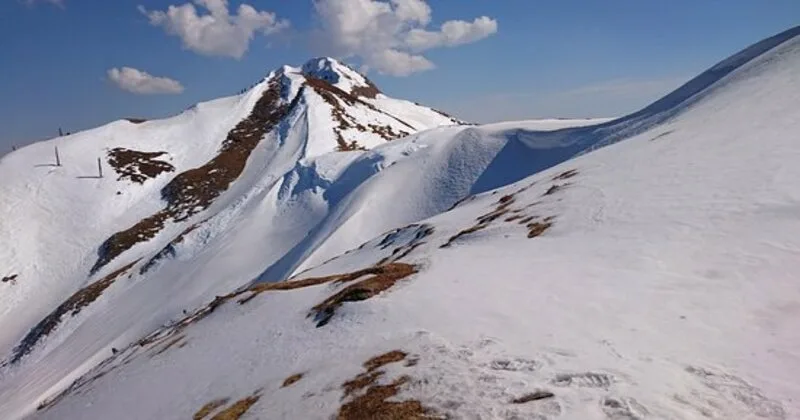
The Ganga and Brahmaputra river basins are experiencing their lowest levels of snow persistence in the last 23 years, sparking serious concerns about a looming water crisis. This trend, which has continued for three consecutive years, threatens water availability for over 650 million people who depend on these snow-fed rivers. Seasonal snowmelt plays a vital role, providing around 23% of the rivers’ annual flow, especially during early summer, supporting agriculture, drinking water, and hydropower needs.
According to the Hindu Kush Himalaya Snow Update Report, snow persistence in the Ganga basin is currently 24.1% below normal—its lowest in more than two decades. This marks a significant drop compared to previous years and follows earlier deficits of 13.6% in November 2023 and 20.4% in March 2024. Notably, the Ganga basin had witnessed snow surpluses in 2020 and 2022, but the current consistent decline poses a risk to the region, where 43% of India’s population lives.
The Brahmaputra basin mirrors this troubling trend, recording its lowest snow persistence in 2025 at 27.9% below normal. It had already shown declining snow levels in late 2023 and early 2024, with deficits of 10.7% and 15.7% respectively. The ongoing reduction in snow coverage in both basins could severely impact early summer river flows, raising alarm over future water security in one of the world’s most densely populated and agriculturally significant regions.

Post Your Comments